Related Research Articles
Professional certification, trade certification, or professional designation, often called simply certification or qualification, is a designation earned by a person to assure qualification to perform a job or task. Not all certifications that use post-nominal letters are an acknowledgement of educational achievement, or an agency appointed to safeguard the public interest.

An engineering technologist is a professional trained in certain aspects of development and implementation of a respective area of technology. Engineering technology education is even more applied and less theoretical than engineering education, though in a broad sense both have a focus on practical application. Engineering technologists often assist engineers but after years of experience, they can also become engineers. Like engineers, areas where engineering technologists can work include product design, fabrication and testing. Also as with engineers, engineering technologists sometimes rise to senior management positions in industry or become entrepreneurs.
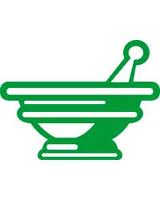
A pharmacy technician is a title-protected, licensed health care provider who performs pharmacy-related functions, working collaboratively with a licensed pharmacist.
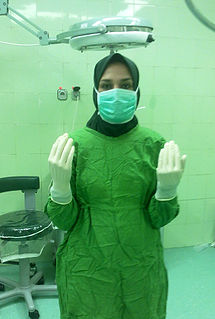
A surgical technologist, also called a scrub, scrub tech, surgical technician, or operating room technician, is an allied health professional working as a part of the team delivering surgical care. Surgical technologists are members of the surgical team. The members of the team include the surgeon, surgeon's assistant, circulator nurse and anesthesia provider. They possess knowledge and skills in sterile and aseptic techniques. There are few mandatory professional requirements for surgical technologists, and the scope of practice varies widely across countries and jurisdictions. Surgical technologists attend junior colleges and technical schools, and many are trained in military schools. In the military they perform the duties of both the circulator and the scrub. The goal is for surgical technologists to be able to anticipate the next move the surgeon is going to make in order to make the procedure as smooth and efficient as possible. They do this by having knowledge of hundreds of surgical procedures and the steps the surgeon needs to take in order to complete the procedure, including the very wide range of surgical instruments they may need. Specialties can include, but are not limited to, the following: genitourinary, obstetrics and gynaecology, urology, ENT, plastics, general, orthopedics, neurology, and cardiovascular. They only work in surgical or perioperative areas and are highly specialized.
The Sydney Accord is an international mutual recognition agreement for qualifications in the fields of engineering technology.

A medical laboratory scientist (MLS) or clinical laboratory scientist (CLS) or medical technologist (MT) performs diagnostic testing of blood and body fluids in clinical laboratories. The scope of a medical laboratory scientist's work begins with the receipt of patient or client specimens and terminates with the delivery of test results to physicians and other healthcare providers. The utility of clinical diagnostic testing relies squarely on the validity of test methodology. To this end, much of the work done by medical laboratory scientists involves ensuring specimen quality, interpreting test results, data-logging, testing control products, performing calibration, maintenance, validation, and troubleshooting of instrumentation as well as performing statistical analyses to verify the accuracy and repeatability of testing. Medical laboratory scientists may also assist healthcare providers with test selection and specimen collection and are responsible for prompt verbal delivery of critical lab results. An estimated 70% of medical decisions are based on laboratory test results and MLS contributions affect 95% of a health system's costs.
Certified Engineering Technologist is a Canadian professional title awarded on the basis of academic qualification and work experience. Abbreviated as C.E.T., most Canadian provincial engineering and applied science technology associations offer this certification. Certification is voluntary and does not represent a provincial regulatory requirement or a statutory required license.
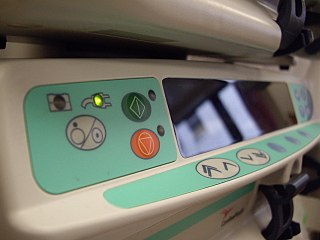
An anesthetic technician is an allied healthcare worker who performs a patient care role predominantly assisting with the administration and monitoring of anesthesia and has an extensive knowledge of anesthesia techniques, instruments, supplies and technology.
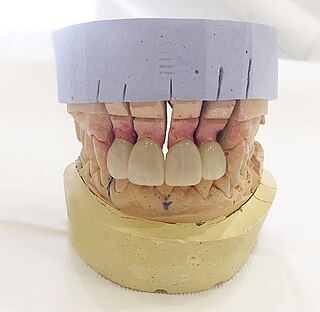
Dental laboratories manufacture or customize a variety of products to assist in the provision of oral health care by a licensed dentist. These products include crowns, bridges, dentures and other dental products. Dental lab technicians follow a prescription from a licensed dentist when manufacturing these items, which include prosthetic devices and therapeutic devices. The FDA regulates these products as medical devices and they are therefore subject to FDA's good manufacturing practice ("GMP") and quality system ("QS") requirements. In most cases, however, they are exempt from manufacturer registration requirements. Some of the most common restorations manufactured include crowns, bridges, dentures, and dental implants. Dental implants is one of the most advanced dental technologies in the field of dentistry.
In the United States, anesthesia can be administered by physician anesthesiologists, an anesthesiologist assistant, or nurse anesthetist.
The American Association for Laboratory Animal Science (AALAS) is a 501(c)(3) nonprofit membership association, established in 1950 as a forum for the exchange of information and expertise in the care and use of laboratory animals. Membership consists of approximately 12,000 individual, institutional, commercial and affiliate members. The national office is located in Memphis, TN.
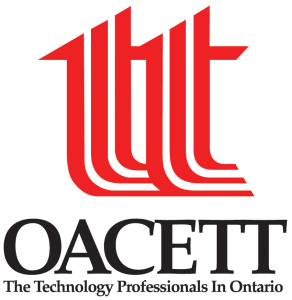
The Ontario Association of Certified Engineering Technicians and Technologists, or OACETT, is a not-for-profit, self-governing organization in Ontario, Canada. It is a professional association that promotes the interests of engineering and applied science technicians and technologists to industry, educational institutions, government and with the public. It currently has 24,000+ members.

The Association of Science and Engineering Technology Professionals of Alberta, colloquially known as ASET, is a not-for-profit, self-governing organization in Alberta, Canada. It is a professional association that promotes the applied science and engineering technology professionals in industry, educational institutions, the public and the government. ASET evaluates the qualifications of individuals who voluntarily apply for certification and issues professional credentials accordingly. ASET acts as an advocate for the profession to governments and the general public. It also delivers a number of benefits and services to its members and their employers.
National Board of Diving and Hyperbaric Medical Technology (NBDHMT), formally known as the National Association of Diving Technicians, is a non-profit organization devoted to the education and certification of qualified personnel in the fields of diving and hyperbaric medicine.
Perianesthesia nursing is a nursing specialty practice area concerned with providing nursing care to patients undergoing or recovering from anesthesia. Perianesthesia nursing encompasses several subspecialty practice areas and represents a diverse number of practice environments and skill sets.

The American Society of Anesthesia Technologists & Technicians, or ASATT, based in Oak Creek, Wisconsin, is a non-profit, educational organization responsible for the standards of technologist/technician competency in all areas of anesthesia.
Certified Anesthesia Technologist (Cer.A.T.T.) is a title granted to an individual that successfully meets the experience and examination requirements of the certification. The certification is regulated by the American Society of Anesthesia Technologists & Technicians (ASATT).

Paraveterinary worker is the professional of veterinary science that performs procedures autonomously or semi autonomously, as part of a veterinary assistance system. The job role varies throughout the world, and common titles include veterinary nurse, veterinary technician and veterinary assistant, and variants with the prefix of 'animal health'.
An autotransfusionist, also known as a perioperative blood management technologist, is a specialized allied health professional who operates the cell saver machine during surgeries that expect significant blood loss.
Ophthalmic technicians, also known as ophthalmic medical technicians, certified ophthalmic technicians (COT), or allied ophthalmic personnels, are skilled medical professionals who work alongside ophthalmologists to perform eye exams, diagnose diseases and administer treatments in caring for patients' eyes and eyesight. They are considered to be an intermediate level of ophthalmic medical personnel since they are more advanced than ophthalmic assistants, yet not as advanced as an ophthalmic medical technologist. Ophthalmic technicians work in settings like private practices, hospitals, outpatient care centers, and surgical centers.
References
- ↑ "Standards of Practice". American Society of Anesthesia Technologists & Technicians. Archived from the original on 2010-10-28. Retrieved 2010-10-22.